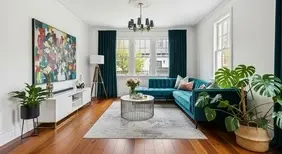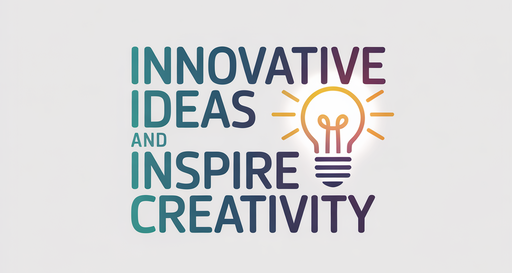Introduction: Why Home Interior Design Matters
Home interior design is more than just decorating a space; it’s about creating an environment that reflects your personality, improves functionality, and enhances your quality of life. Whether you’re updating a single room or redesigning your entire home, understanding the principles of interior design can help you make smarter decisions and avoid costly mistakes.
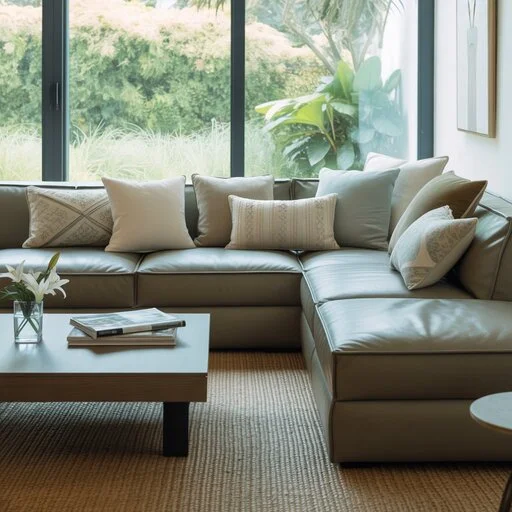
Understanding the Basics Home Interior Design of Interior Design
Before diving into trends or styles, it’s important to understand the foundational elements of interior design:
- Space Planning: Efficient use of space ensures comfort and functionality.
- Color Theory: Colors affect mood and perception. Choose hues that reflect the purpose of each room.
- Lighting: Layered lighting (ambient, task, accent) brings warmth and dimension to any area.
- Texture & Materials: Mix materials (wood, metal, fabric) for visual interest and depth.
- Furniture Arrangement: Balance and flow are key to creating a cohesive layout.
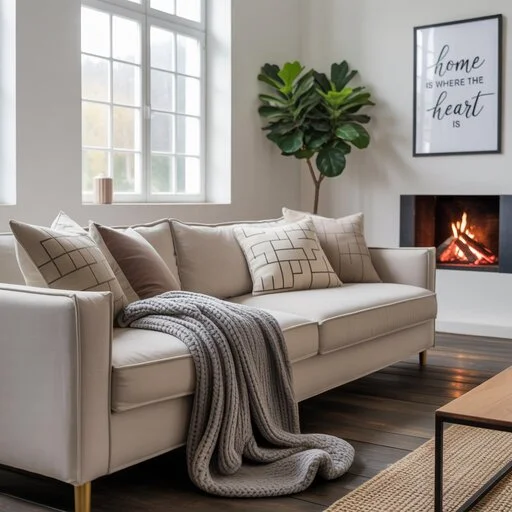
Popular Home Interior Design Styles
Choosing a design style sets the tone for your space. Here are a few trending and timeless options:
- Modern: Clean lines, minimalism, and neutral palettes.
- Scandinavian: Bright, airy spaces with natural materials and functional furniture.
- Bohemian: Eclectic mix of colors, patterns, and textures.
- Industrial: Raw finishes, exposed brick, and urban vibes.
- Farmhouse: Cozy and rustic, with shiplap walls and vintage decor.
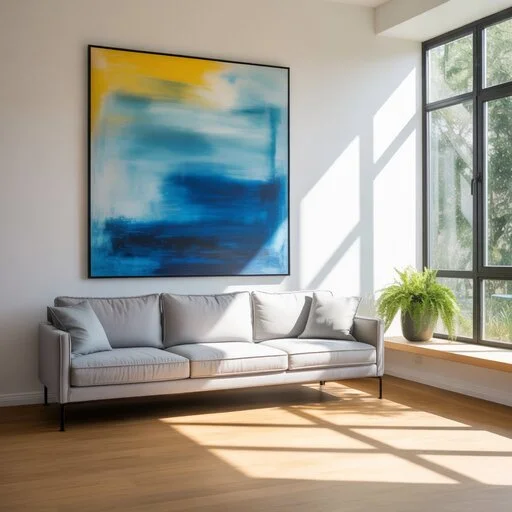
Room-by-Room Interior Home Interior Design Design Ideas
Living Room
- Use a focal point (like a fireplace or statement sofa).
- Incorporate rugs and throw pillows for texture.
- Optimize layout for conversation and entertainment.
Bedroom
- Choose calming color schemes like soft blues or neutrals.
- Use layered lighting and blackout curtains for restful sleep.
- Add personal touches like artwork or a reading nook.
Kitchen
- Invest in quality cabinetry and countertops.
- Use pendant lights over islands for both style and function.
- Keep it clutter-free with smart storage solutions.
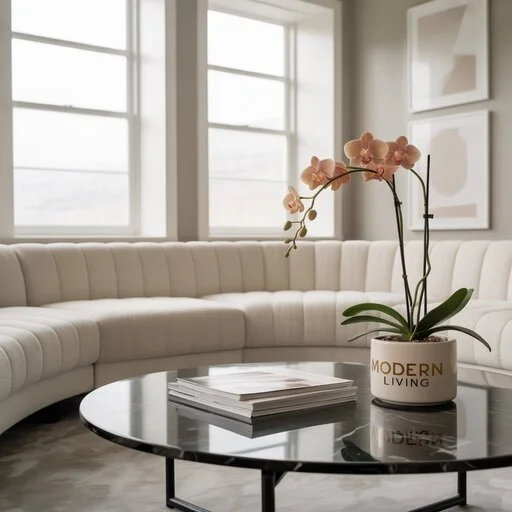
Bathroom
- Use large mirrors to make small bathrooms feel spacious.
- Incorporate plants or natural elements for a spa-like feel.
- Choose waterproof, durable finishes like ceramic tile.
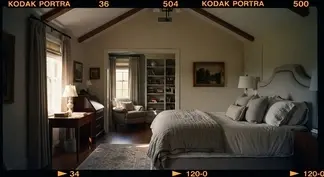
Sustainable Interior esign Tips
Eco-friendly home design is gaining popularity. Consider:
- Low-VOC paints and natural materials.
- Energy-efficient appliances and lighting.
- Repurposed or vintage furniture pieces.
- Indoor plants for improved air quality.
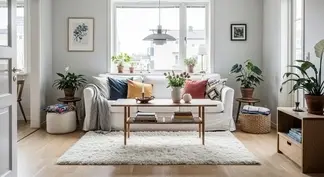
Smart Home Integration
Modern homes benefit from smart technology integration:
- Automated lighting and thermostats.
- Voice-activated assistants.
- Smart security systems and cameras.
- Smart speakers and home entertainment systems.
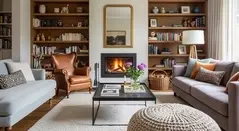
Interior Design Tips for Small Spaces
- Use mirrors to create a sense of space.
- Choose multi-functional furniture (e.g., storage ottomans).
- Opt for vertical storage solutions.
- Stick to light color palettes to open up the room.
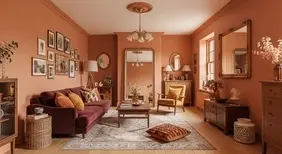
Conclusion: Design a Home That Feels Like You
Your home should be a reflection of your personality and lifestyle. Whether you prefer sleek modern spaces or cozy traditional interiors, thoughtful design can enhance comfort and functionality. Start with the basics, follow your instincts, and don’t be afraid to personalize your space.

FAQs About Home Interior Design
Q1: How do I find my interior design style?
A: Explore magazines, Pinterest boards, and online quizzes. Note what resonates with you and build from there.
Q2: Is hiring an interior designer worth it?
A: Yes, especially for large projects. Designers bring expertise, save time, and often prevent costly errors.
Q3: What’s the easiest way to refresh my space on a budget?
A: New paint, rearranged furniture, and updated accessories can dramatically change a room without breaking the bank
